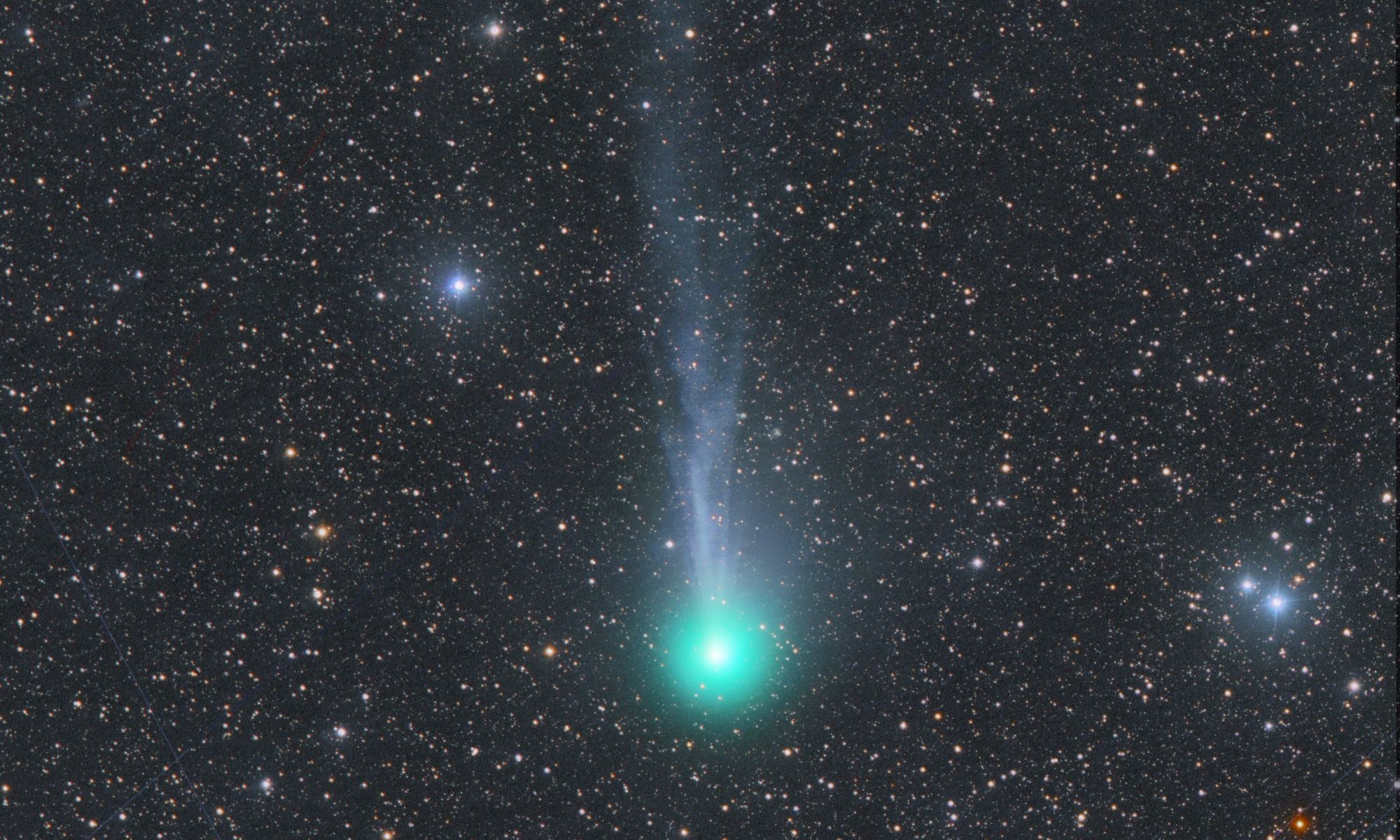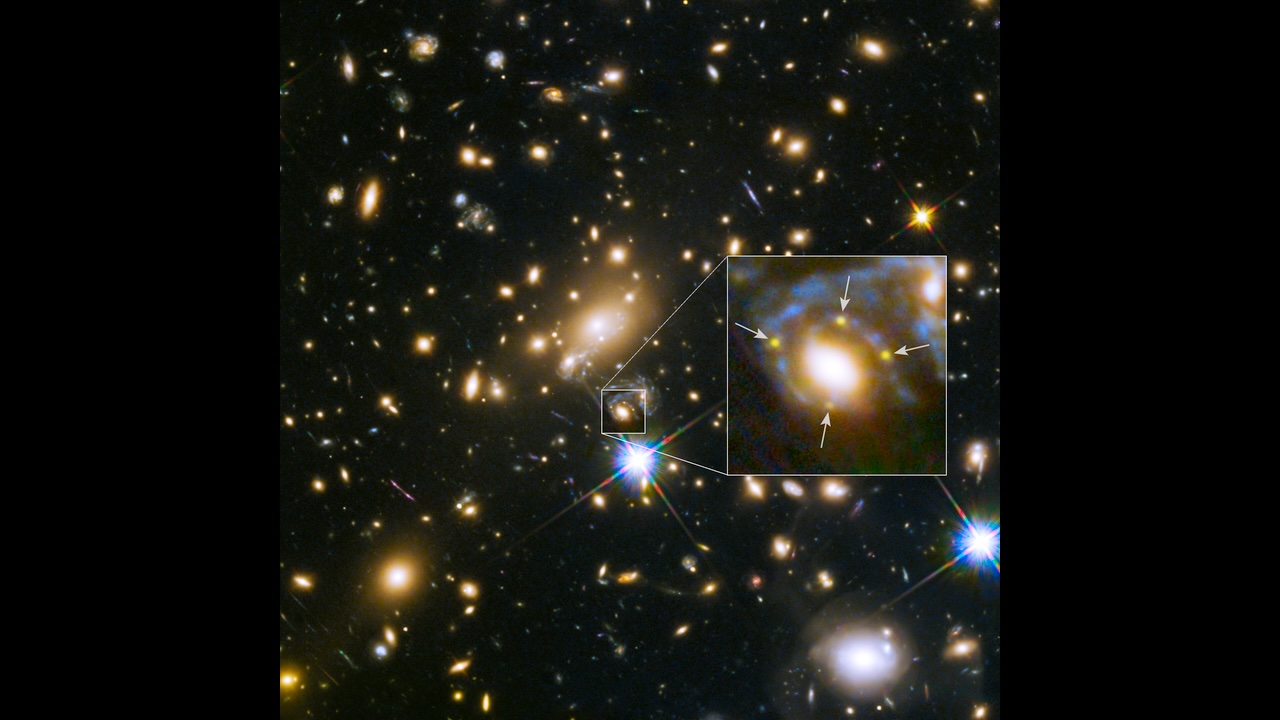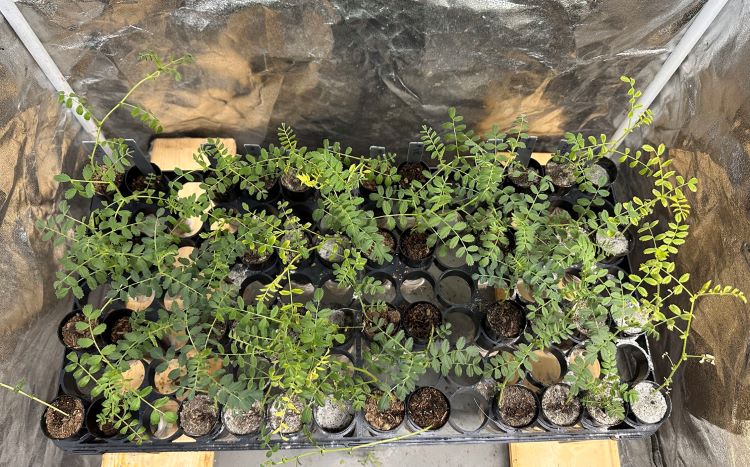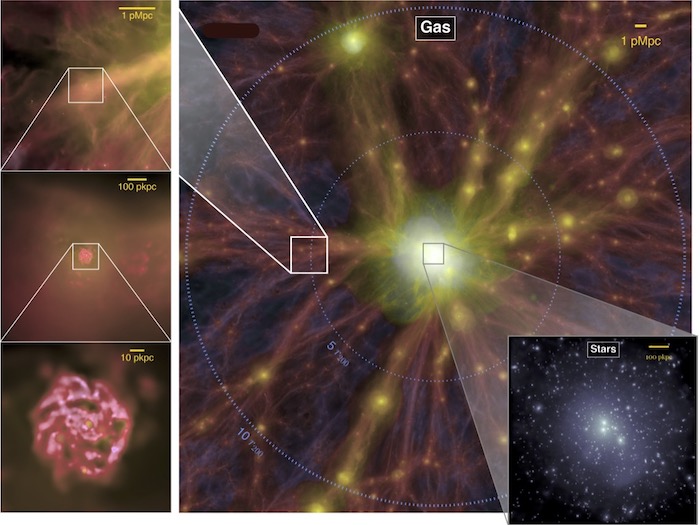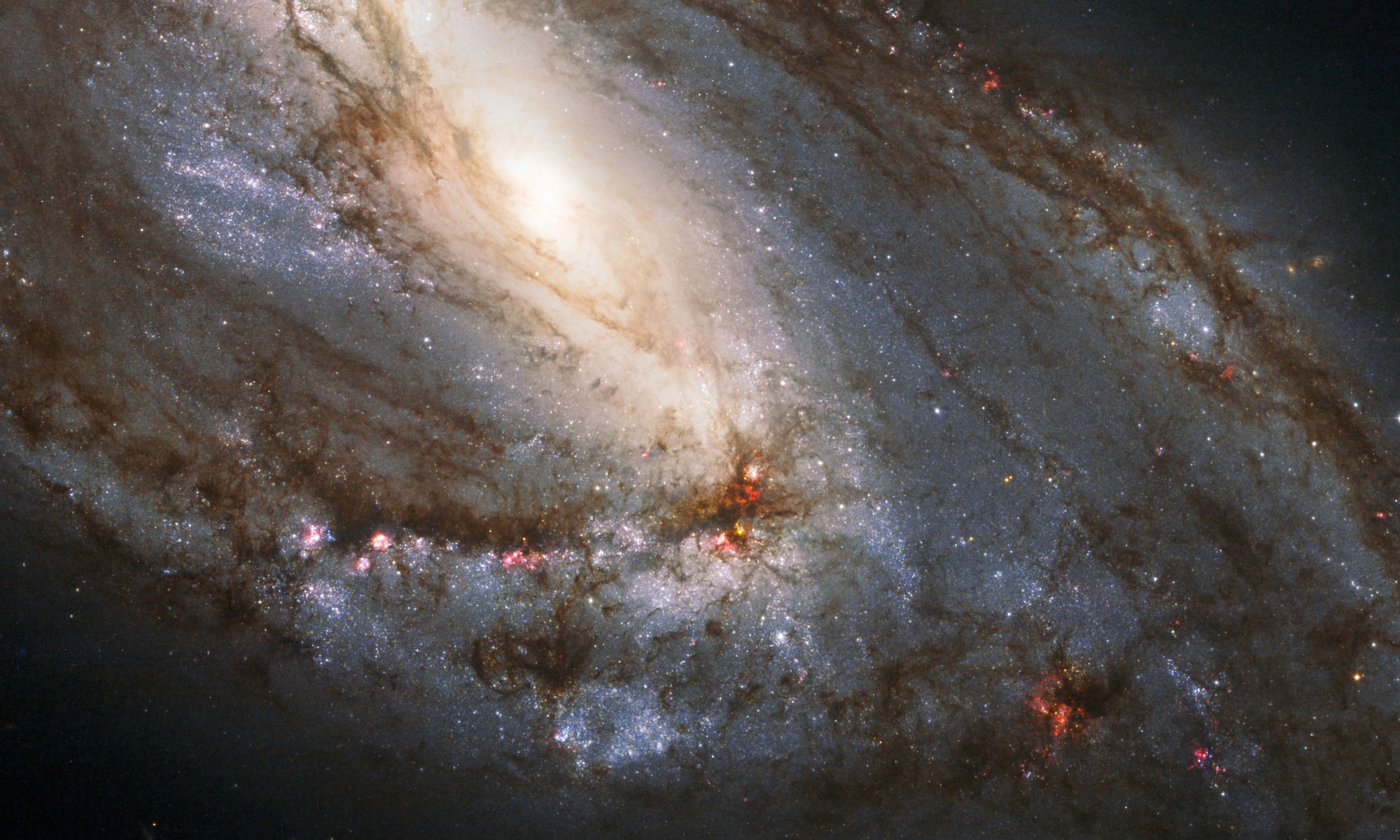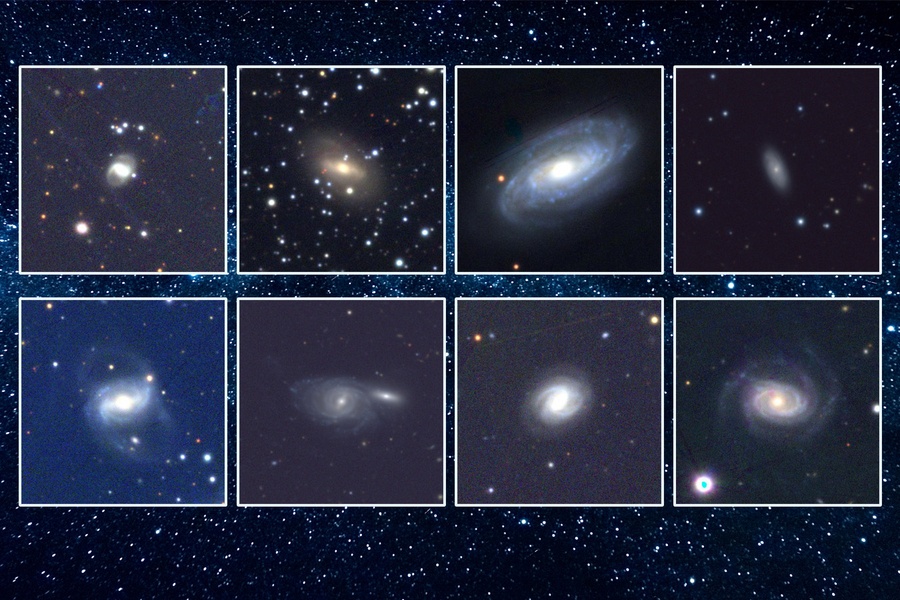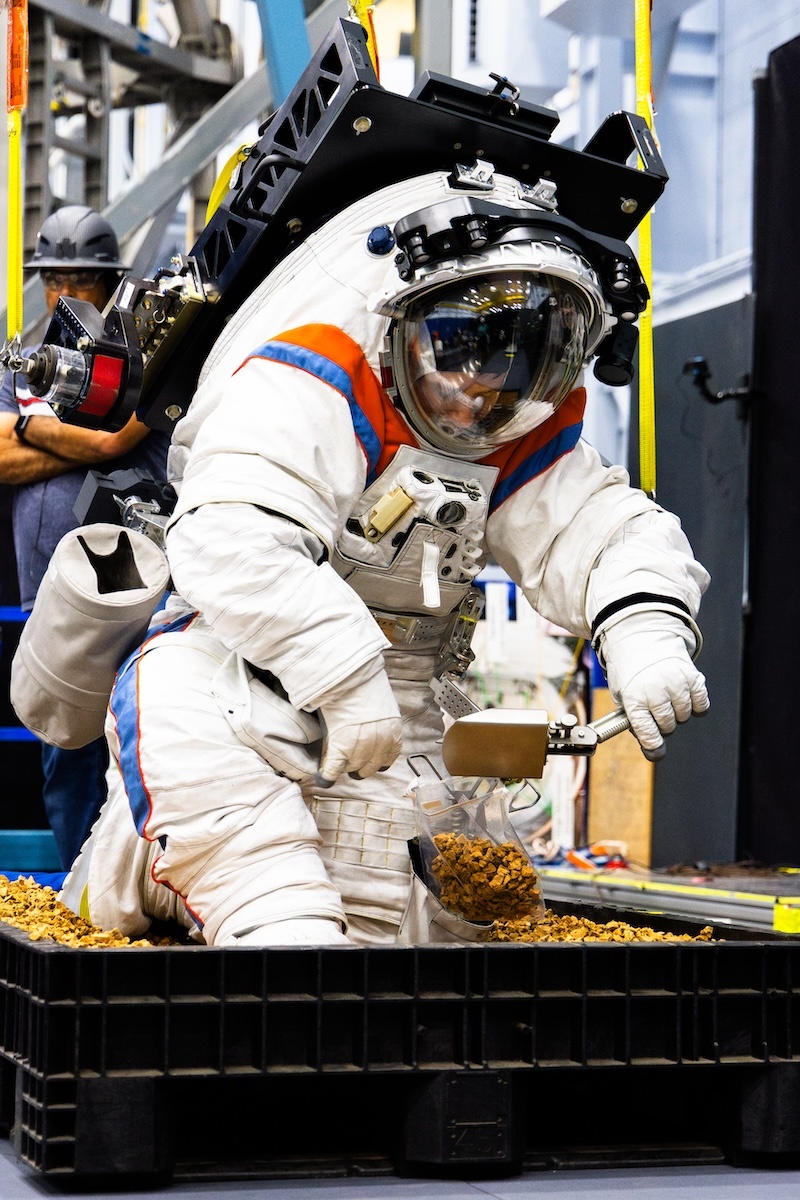Comet 12P Pons-Brooks takes center stage this Spring.
Something is definitely up with the 12th periodic comet in the catalog. We’re talking about Comet 12P Pons-Brooks, set to reach the first of two perihelia for the 21st century this Spring. And the timing couldn’t be better, as the comet will also sit near the Sun just two weeks prior during the total solar eclipse of April 8th 2024, spanning the North American continent from the southwest to the northeast. If the comet over-performs—a long shot, but multiple outbursts in 2023 suggest it just might—we could be in for the added treat of a naked eye comet near the Sun during totality.
Continue reading “The Comet vs. the Eclipse: 12P/Pons-Brooks Heads Towards Perihelion in April”
